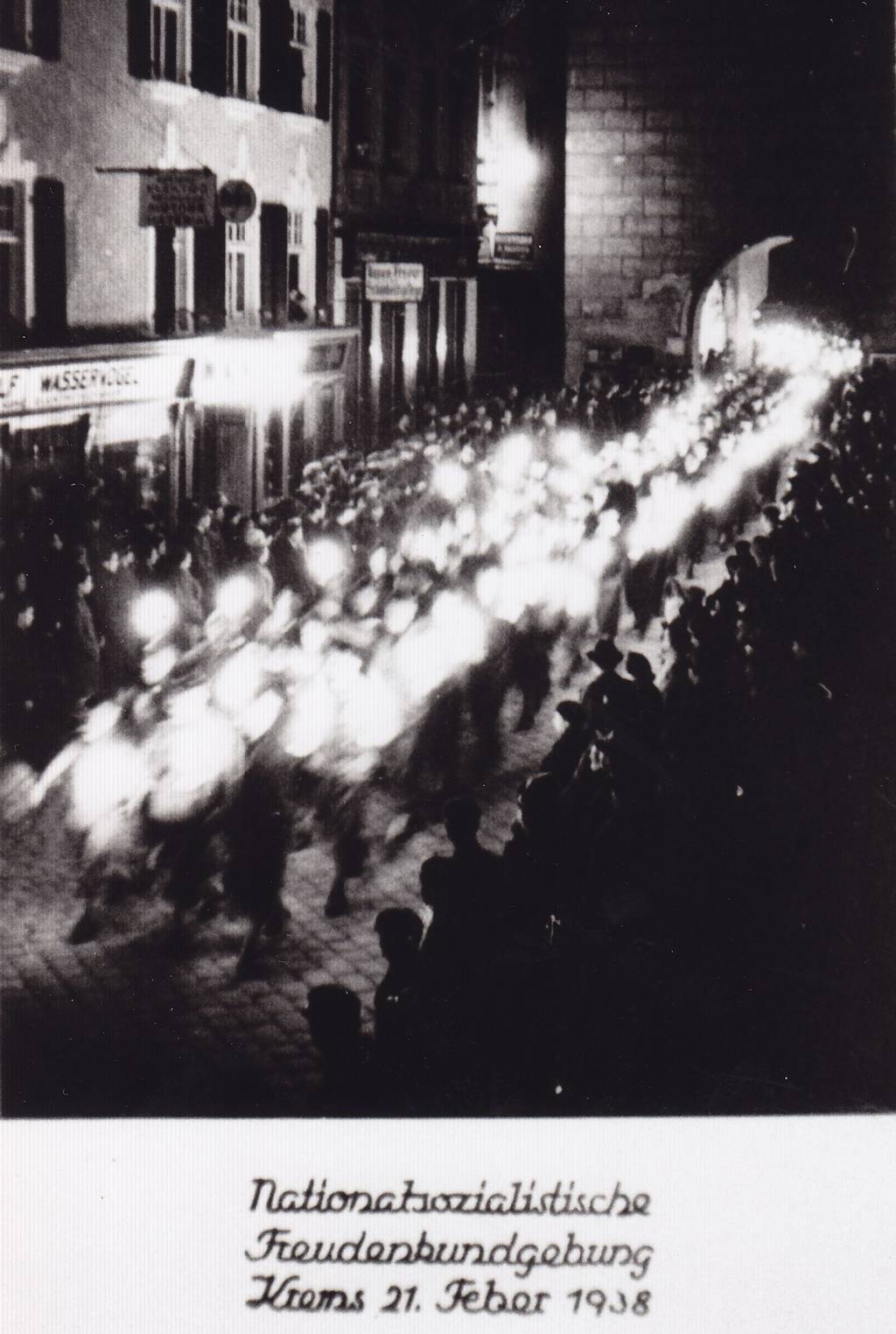12 March 1938: The ‘Anschluss’ (‘annexation’) and the prehistory
09.03.2018

On 12 March 1938, units of the German Wehrmacht and the police crossed the border into Austria. With this, the ‘Anschluss’ (‘annexation’) to the Greater German Reich was complete. The occupiers were cheered on by large sections of the population. Meanwhile, first wave of terror took place with the arrest and deportation of tens of thousands of people – opponents of the regime and citizens of Jewish faith. Over the next seven years, a large number of Austrians were directly involved in the mass crimes of the National Socialists and the Shoah in Europe. At the same time, 66,000 Jewish Austrians and thousands persecuted for their political views were deported and murdered.
Yet even before 12 March 1938, illegal National Socialists had been using terror in Austria, resulting in a considerable number of deaths. In July 1934, their unsuccessful putsch was an attempt to seize power by force. Before this, in March 1933, the Austrian chancellor Engelbert Dollfuß had shut down parliament. In May 1934 he established an Austrofascist dictatorship, which arrested its opponents, interned them in camps and executed them. The extensive suppression of political opposition under Austrofascism was one of the reasons why the National Socialists were able to seize power so easily four years later. Already in the 1920s and early 1930s, the growing polarisation and paramilitarisation of society was not only tolerated by those in political power, but deliberately encouraged. In turn, earlier politicians such as Vienna’s mayor Karl Lueger had fanned the flames of widespread antisemitic feeling by lending it expression and legitimacy on the political stage. Others did not speak out strongly enough against it.
Does the history of National Socialism in Austria really begin on 12 March 1938? Or is this date simply the culmination of a long development? And if so, where and with what did it begin?
Christian Dürr, KZ-Gedenkstätte Mauthausen